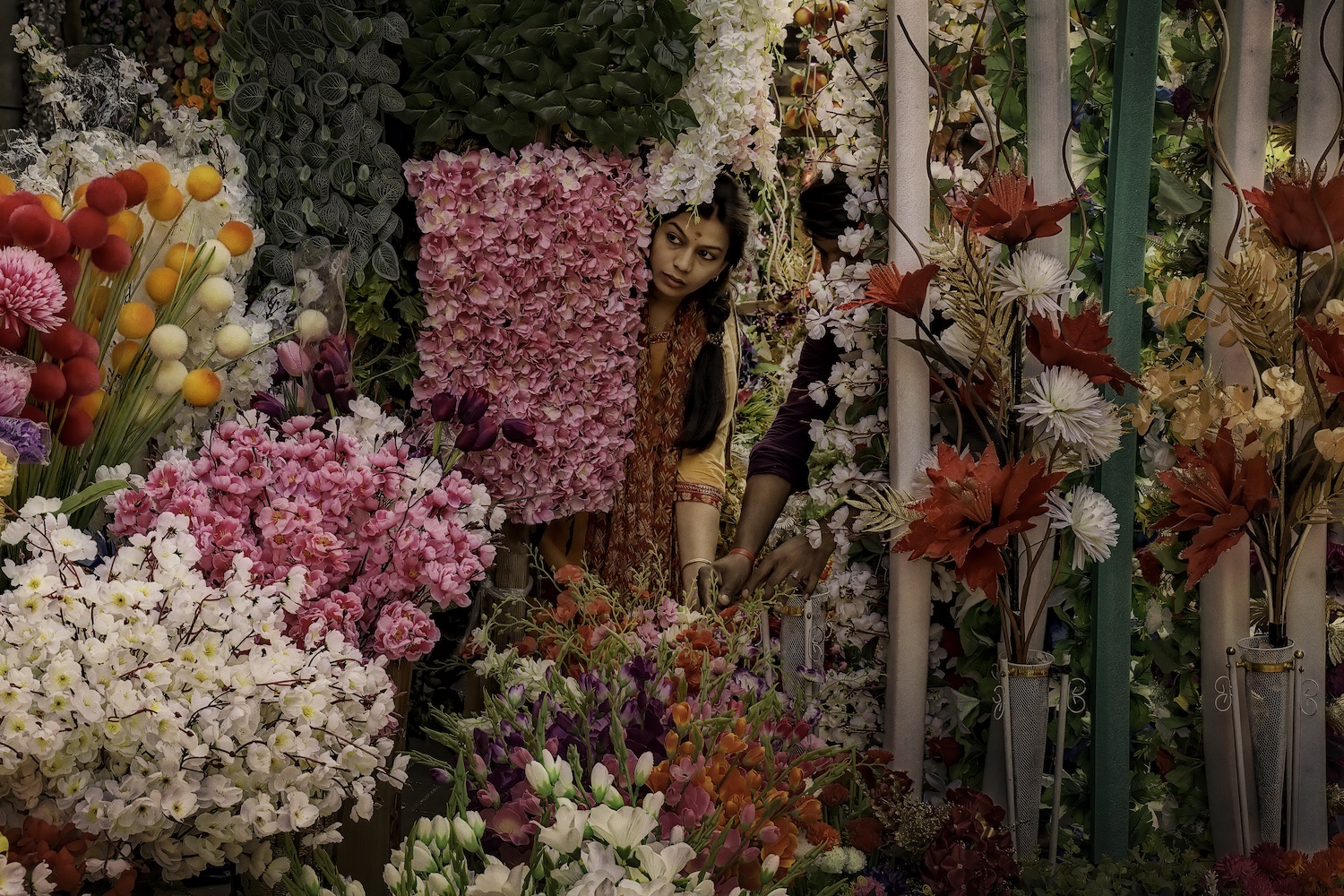In 1991, Randy Olson and Melissa Farlow were on strike at a Pittsburgh-based newspaper when National Geographic called. The then daily assignment photographers, partners in both life and work, were quickly assigned documentary-forward stories for the magazine, covering national and international topics such as environmental crises and human hardships. A passion for photojournalism led them from project to project, location to location, catching prolific photographs on film to uncover the truths behind mass consumption, resource extraction, endangered wildlife, indigenous communities, and more.
When, nearly ten years ago, the publication aimed to rid its staff of copyright protection, Olson and about a hundred other photographers banded together to resist the change. Out of his fight for creative credit, Olson founded a nonprofit trade organization named The Photo Society, an online community of approximately two hundred National Geographic photographers and their work. With an Instagram account audience of around five million, the platform features images from the photographers and tells the stories behind them. Its mission is to provide photographers visibility and preservation for their images in a living archive, and reinstate some of the dignity that was lost along the corporate way.
After three decades of traveling the world, Olson and Farlow took recent downtime amid the pandemic to archive their works and others, and reflect. Olson’s niche in documenting resource extraction— from water and fish to gold and oil—led him to examining global dynamics and making sense of smarter consumption tactics. Farlow, who has a self-proclaimed softer approach to photography, has reflected on the beauty within nature, capturing its virtues to create a visual impact and get people inspired to protect it.
Whitewall spoke with the duo to hear about how their work in photography wields power for preservation, and what responsibilities they feel they have to communicate what’s going on.
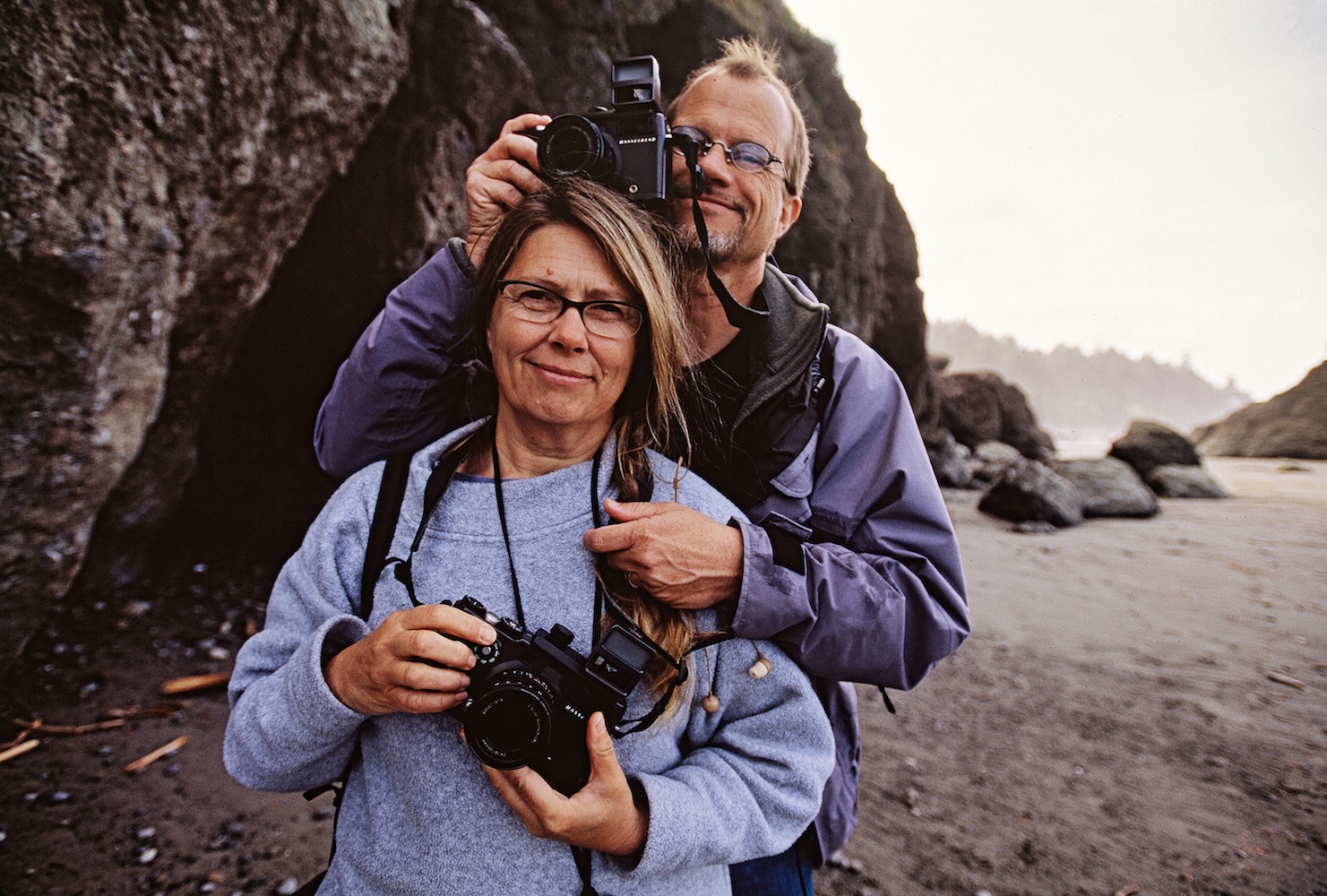
Portrait by K.D. Aleda, courtesy of Randy Olson and Melissa Farlow.
WHITEWALL: What is your approach to storytelling within documentary photography, opposed to event or commercial photography?
RANDY OLSON: My approach is like a three-day magical process. The first day I’m establishing myself as not evil. I have their best interest in mind, and I want them to be as open with me as I am with them. I don’t expect to take any photographs. I might come back and create a bit of family, acceptance. By the third day, hopefully they go, “Okay, he’s not a threat. I can’t entertain this guy anymore. I have to do what I’m doing.” And that’s what I want—for you to go on with your life. I don’t want to be entertained. My greatest skill as a photographer is the ability to bore people to death.
MELISSA FARLOW: Coming back to be with people is important in building trust. Going into these projects, we really research what the story is. You have to talk to people that know more about it than you do. I’m very open to not defining what the story is, but being told what that is by the people that know it best.
When I meet people, my experience is a lot of observation. I take notes about people’s habits, what’s important to them, and not only what they’re saying, but seeing how they live their lives, which oftentimes tells you more. When we return, we get new ideas and connections with people—if you’re open to that process. If you go and whip a determined idea, you’ll miss the reality.
RO: These are also not random humans. These folks represent some kind of issue. Before I leave, I have a framework. When I photographed fisheries around the world, I couldn’t just go into that at random. The mantra was: a billion people, mostly poor, only source of protein is fish. When I stayed with a family in the Ogallala for a water mining story— where they’re pumping out one of the six great aquifers in the world at a pace that is unsustainable—they didn’t have water in New Mexico because the 88,000 unregulated wells in Texas were pumping their water supply, and I rode with them in their pickup trucks with their gallons and jugs in the back.
With big topics like these—the world’s churning seven billion people, China’s getting wealthy, the Pygmies don’t have a forest anymore—you have to hang onto, like a mantra, storyboards, and bullet points. It has to be under control before you get on a plane and get on the ground.
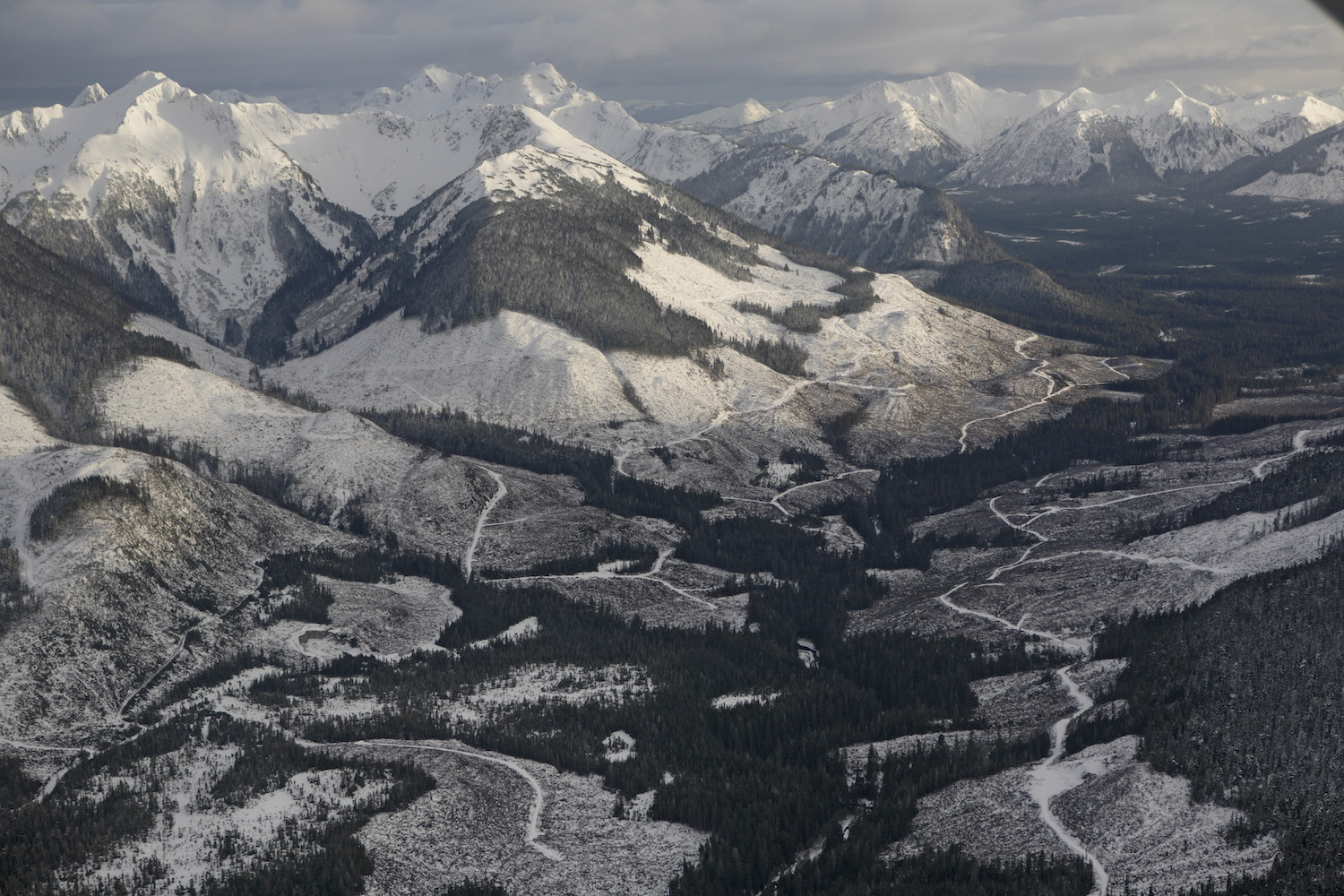
Alaska’s Tongass stretches 17 million acres and is the largest National Forest in the U.S., representing 30 percent of old growth temperate rainforest left in the world, photo by Melissa Farlow.
WW: Melissa, you’re a Pulitzer Prize–winning photographer who came into photography among mostly men. How does that feel?
MF: Being a woman, at least during the time that I came into the field, was helpful because I was the underdog. I didn’t feel as respected, or as good, so I had to work twice as hard. That drove me—not feeling like I carried the weight of the male photographers on staff. In retrospect, I also wasn’t aware that as a woman, I was less intimidating, so I made connections with people. I tend to take more quiet pictures, and I was able to be in those spaces easier because I was a woman.
I see many more woman photographers with opportunities now, and it’s great. I’m amazed when I speak in a class or at a workshop how many women are out there photographing. They probably don’t realize how difficult it was in the beginning, but that’s okay. I’m not looking for validation from them, but I wish there was some recognition.
Yunghi Kim produced The Trailblazers of Light, which showed that because we were before the Internet, and mostly what we did was film, today’s photographers traditionally don’t look at us as being important in building this process of where women have been able to go. She tried to identify editors and photographers that might have been unnoticed, and I think it was really interesting, especially for many women who would’ve been forgotten.
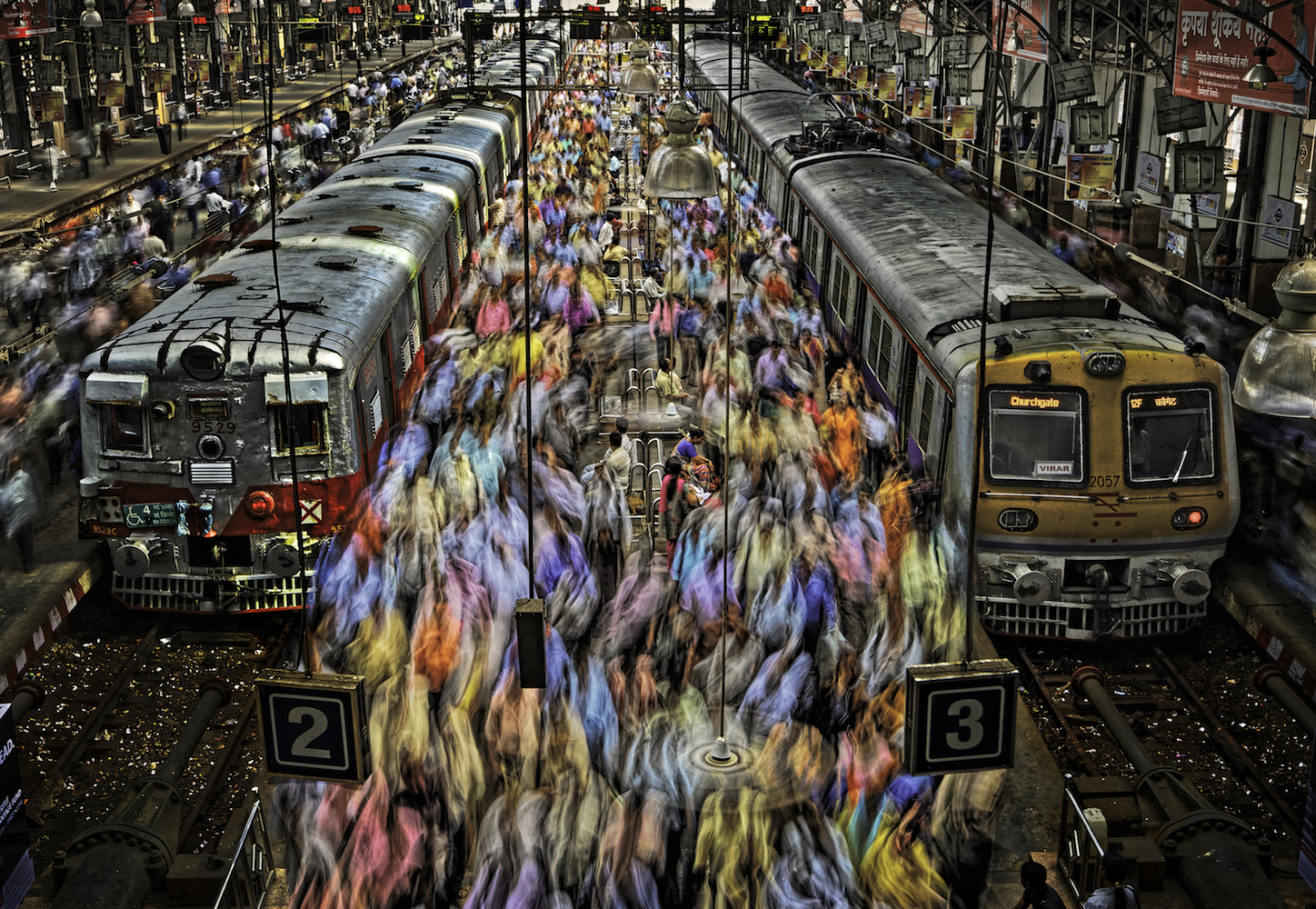
Urban crowds in the Churchgate Railway Station in Mumbai, India, photo by Randy Olson.
WW: Randy, why did you create The Photo Society? What does it represent today?
RO: The executive suite at National Geographic wanted to take the photographers’ copyright away from them. We got everyone to stand up against it. I was elected by the photographers to represent them in contract negotiations. It was an egregious move that we had to stand strong in the face of, and we won. The Writers Guild told us to show our solidarity by creating a website, so I did.
I was also seeing the transition between film to digital was hurting the voices of photographers in the building because they didn’t need to be present. For digital, they got to a place where photographers didn’t really need to be there. I could see that community that I felt so lucky to be a part of was going away. I knew creating an electronic version of that community wasn’t as good, but it was something.
For the first year or two, I wanted to keep the campfire alive, but it turned into all sorts of things that I didn’t realize. There are photographers like us—who put in 20 or 30 years and put themselves in danger—that when film went away and they lost their voice at Geographic, they felt more vested because they’ve risked their lives for the enterprise. By keeping this community alive, we started addressing some of those issues, and we didn’t even know we were doing that.
WW: How do you hope your photographs impact society?
RO: The best thing that we can do to be part of a global conversation is for people to pick up what we’re doing and run with it. Alone, we’re not that powerful, but if what you do resonates with others and they follow that lead, you can have some effect.
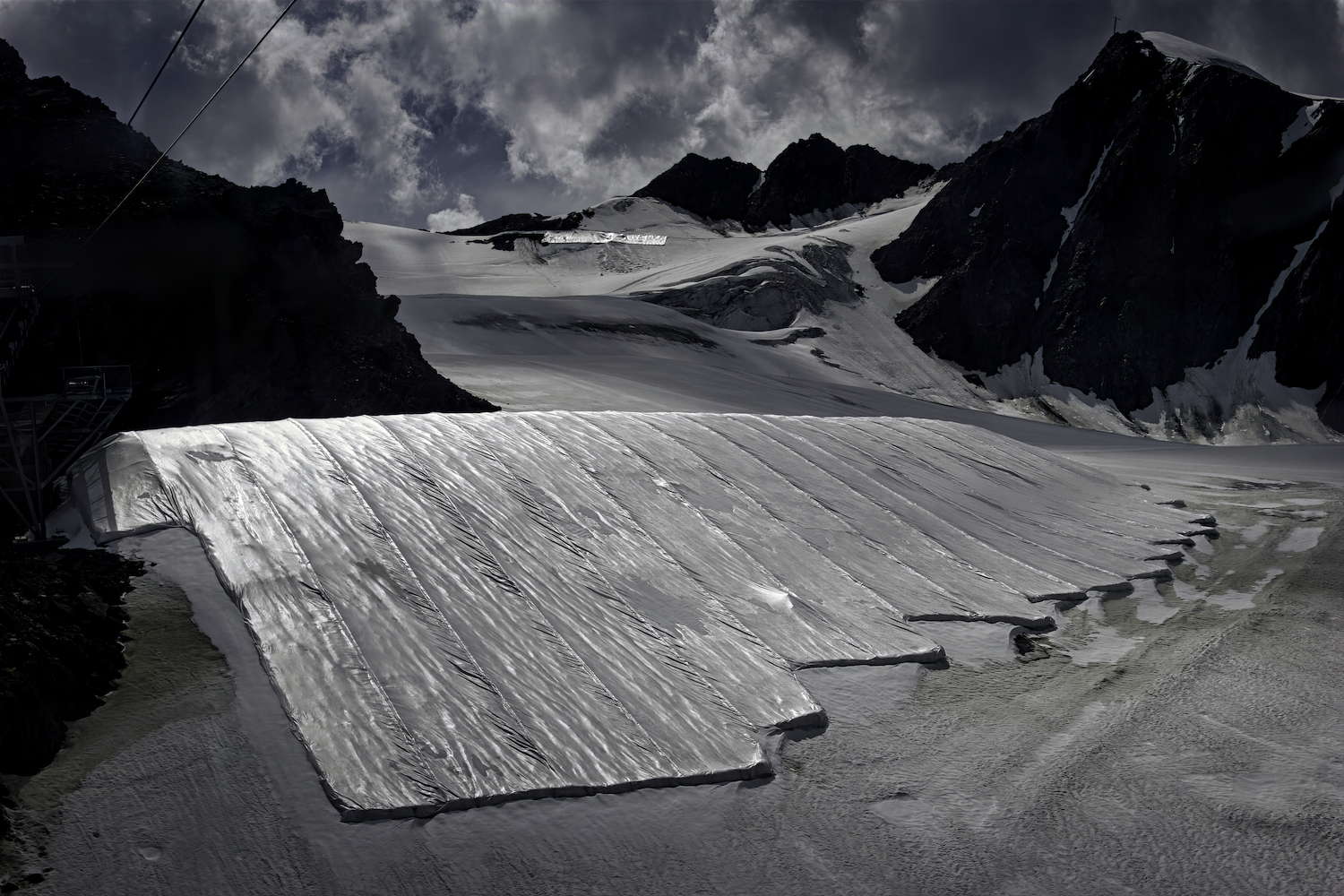
An attempt to keep snow from melting creates a surreal scene at a ski run in Austria, photo by Melissa Farlow.
WW: Your work sheds light on topics the public may not otherwise see. What is difficult about this task?
RO: One of the hardest things is fighting compassion fatigue.
You also have to figure out what people can’t Google. What wasn’t really googleable in my plastics story for Geographic was that artisanal plastic workers around the world don’t have a facility of their own. Plastic has to be cleaned and sorted to send to China. Responsibilities are divided up— someone brings the plastic to the site, someone sorts it—but it’s always near a watershed because you have to wash it. The overburden of this incredible artisanal third world plastic sorting—probably close to one billion people—is going into the ocean.
In Dhaka, it’s going into the Beringia River, then the Bay of Bengal, then into the ocean. People aren’t thinking of this huge artisanal force that doesn’t have a place to work and is filling the oceans with plastic because they aren’t supported in any way. The soundbite here is: Recycling isn’t necessarily the solution. The way it’s done around the world, in third world infrastructures, creates more of a problem.
WW: What would you argue is the solution?
RO: The zero-waste movement, like the one that’s been going on in Paris for 20 years. What they’ll tell you is that getting plastic out of their lives and having cooperative groups in a circular economy fashion saves them money and time. What they’re creating there needs to be happening on an infrastructure here, where it’s so hard to get away from it.
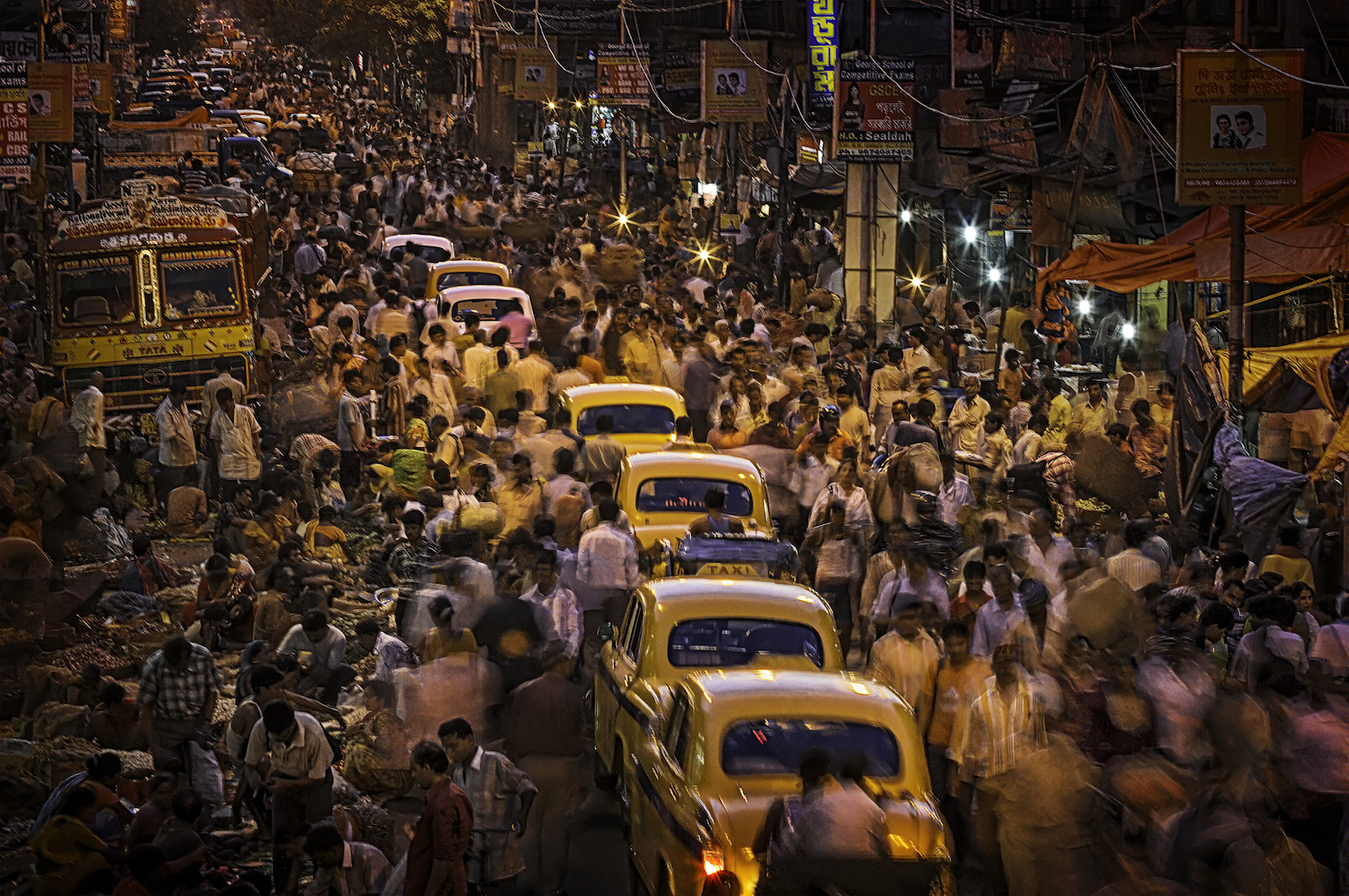
Crowds on the streets of Kolkata, India, attributed largely to rural-urban migration, photo by Randy Olson.
WW: You’ve been covering this issue for a lot longer than it seems people have been talking about it.
RO: All I’ve done in the last 30 years is about resource extraction. My story on gold was about how gold is 98 percent used for adornment and hoarding. You can’t get any new gold without screwing with pristine ecosystems or indigenous groups. When you take our “7 billion” story—about population dynamics—and you add resource extraction stories I’ve done, they all fit together. Burgeoning population with needs, resource extraction, and all the effects of that comes down to the fact that we have to be smarter about how we get resources.
WW: Do you feel you have a responsibility to communicate this?
RO: The responsibility is the joy. It’s about figuring things out. It’s an incredible opportunity to see what the dynamics are. What happens when China gets wealthy? What happens when the forest goes away for the Pygmies? My first responsibility is to figure out what’s going on, and the cards will fall where they may. And I want to share what I find as soon as I figure that out.
MF: And working for Geographic, we were put in situations that we weren’t in as newspaper photographers. One thing that has affected us both are our experiences in the natural world and seeing the beauty of that. Neither of us are natural history wildlife photographers, but we photograph that when we’re in it. When I was younger, I never understood images from photographers like Ansel Adams—beautiful scenic pictures of landscapes. They never moved me.
I realized through an assignment on National Parks and the Bureau of Land Management in the West that there are places that could be ruined if we don’t take care of them. By photographing the beauty of the world, it’s another way of engaging with people to care. We didn’t think about it in our younger years, but we now both think about how to show the beauty of the natural world.

An attempt to keep snow from melting creates a surreal scene at a ski run in Austria, photo by Melissa Farlow.
WW: How has the pandemic impacted your practice over the past year, without traveling internationally and not seeing others?
MF: We’re going through all of our assignments—back to our newspaper work over 30 years ago—and reflecting on the body of work as a whole. It’s really fascinating. We’re in a period of asking what matters in terms of what we’ve done instead of taking on new work.
I did take on a new project, though, when I was so overwhelmed with the tragedy and death toll when COVID first began, photographing these beautiful birds. We were on the Oregon coast and these birds we were watching out the window in the morning were flying into the windows and dying. In a way, it was kind of my way of connecting with the loss that others were feeling. We were in this beautiful, special, and protected place, yet I was feeling the hurt that others were feeling in much more dire situations.
WW: What are you working on next?
MF: We’re interested in taking time to explore around us—instead of jetting off to some foreign place. I’ve photographed wild horses but haven’t in quite some time, and Randy and I have spent some time going back there. In Oregon, there’s so much to explore, as well as Pennsylvania, and there’s a lot of places we haven’t seen. We see mostly the coast because that’s where we are, but the interior is beautiful. I think we’d like to spend more time exploring.
So much of what is beautiful is threatened, and it needs to be documented so other people see it, even if they can’t get there.



